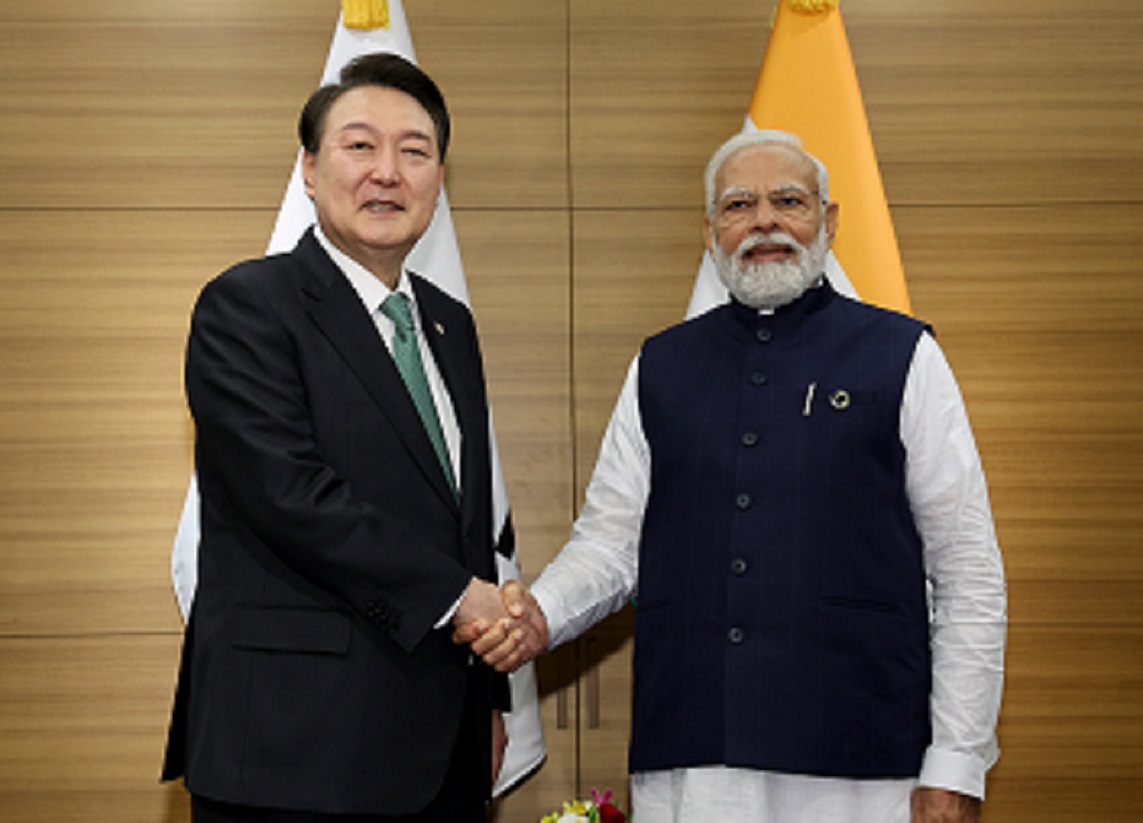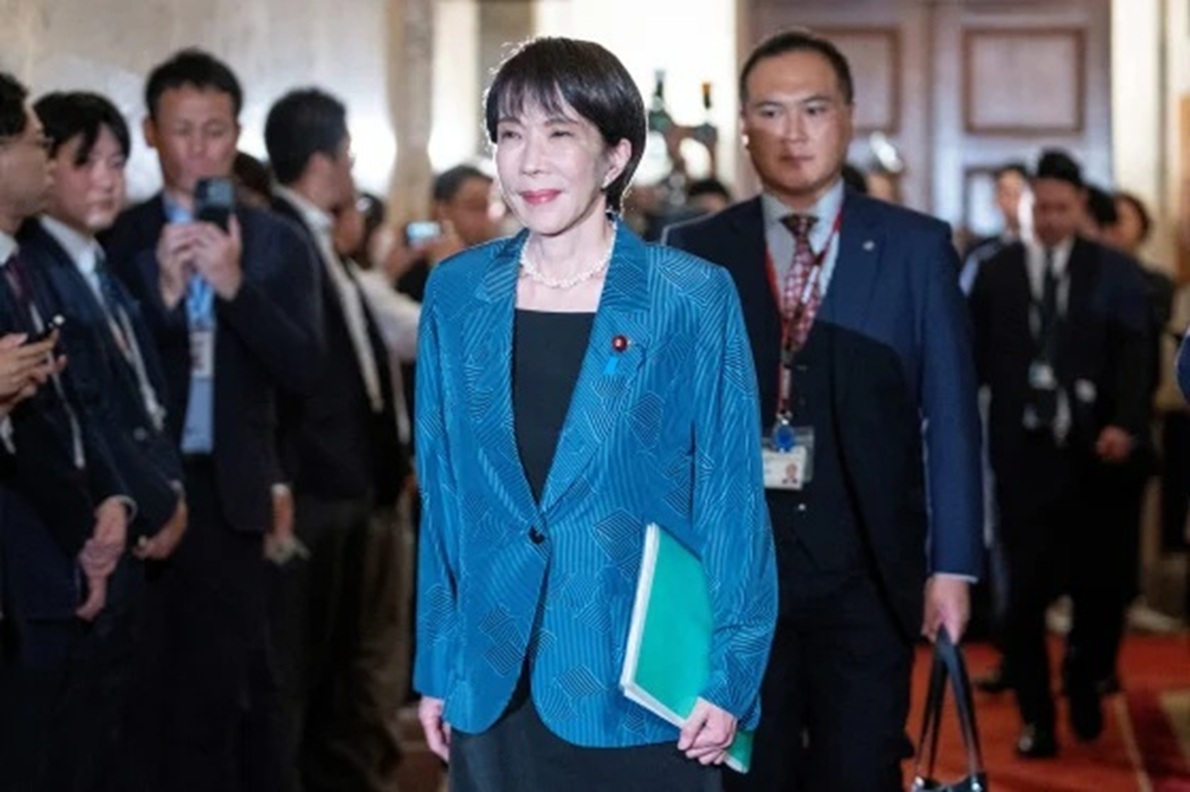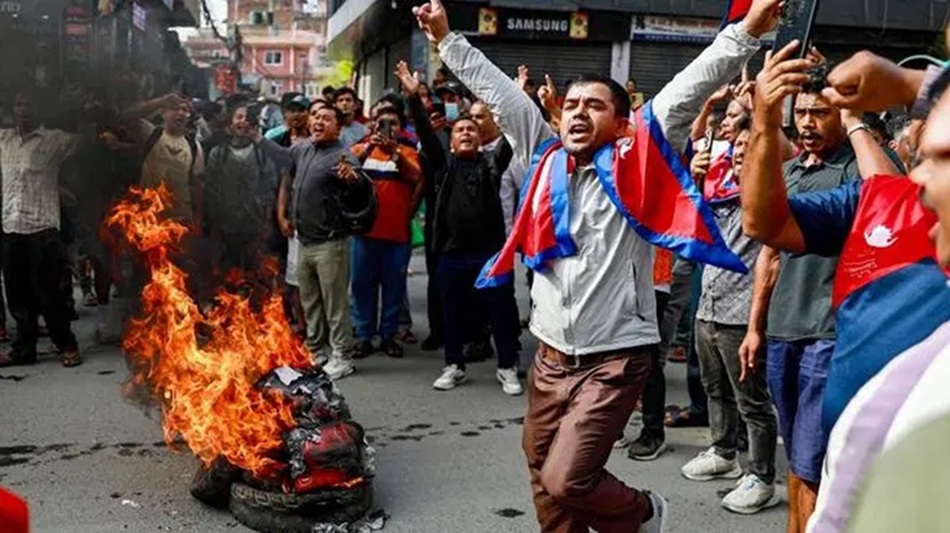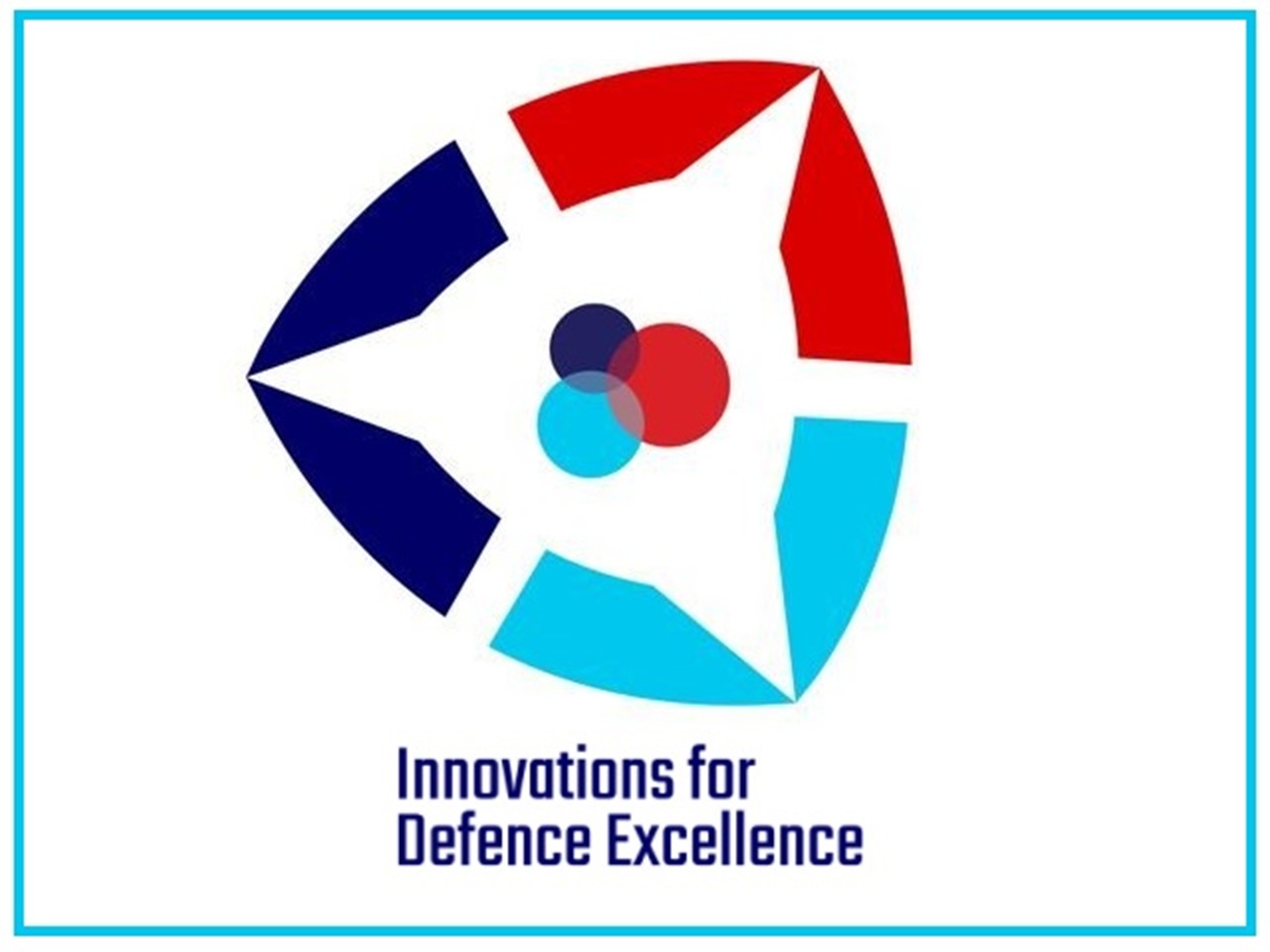Indo-Korean relationship dates back to 48 AD when an Indian princess Suriratna got married to a South Korean king and started a new dynasty in Korea. In addition, there are similarities between Tamil Nadu and Korea in culture, food and language also share some similarities in music and dance. This article analyses the role of culture, its impact on people, and its influence on the relations between India and the Republic of Korea.
Introduction
Culture is a diplomatic tool in International Relations. In simpler terms, it brings together like-minded countries with a lot of similar cultures, heritage, history, etc. The main objective of this article is to analyse the role of culture, its impact on people, and its influence between India and South Korea.
In recent years, Hallyu, or the ‘Korean Wave’, refers to the popularity of Korean cultural products such as Korean music, dance, dramas, movies, food, fashion, cosmetics, etc., across Asia and other parts of the world. Korea’s drastic transformation from being one of the poorest countries during the 1950s to becoming one of the Organization of Economic Cooperation and Development (OECD) members in 1996 surprised the entire world, which is often considered the ‘Miracle on the Han River’.
The Korean Government has been promoting the cultural industries through Cultural Diplomacy. In recent years, the Korean Government has been taking steps to promote the Korean wave in India. Swami Vivekananda Cultural Centre (SVCC) in Seoul, Hannam-dong, Korea, is a Cultural Centre of the Indian Council for Cultural Relations of India, established in July 2011. It has entered into a Memorandum of Understanding with several provinces, cultural organisations, and academic institutions to broaden the stakeholders promoting Indian culture in Korea.
A Korean delegation, which included over a hundred scholars and government leaders, unveiled a memorial to Heo Hwang-ok from 48 C.E., a princess of Indian descent, Suriratna, in Ayodhya, India, in 2001. The tale of the marriage of Korean King Suro with Suriratna, a princess from India, is a vital part of Korean culture. (Ministry of External Affairs, 2020)
Exploring Historical and Cultural Relations
Historical and Cultural Relations between India and the RoK date back to ancient times. Heo-Hwang-Ok, also known as Seembavalam, is an Indian descendant who arrived from a distant kingdom called ‘Ayuta’ and became the wife of King Kim-Suro at the age of 16 in 48 AD. The clan descended from the Princess and King Suro is now known as Kim- Hae- Kim clan and has a little over 6 million descendants in the RoK. (ISEAS, 2008, p. 304)
The royal courts first practised the introduction of Buddhism from India to East Asia, and the other levels of society were gradually adopted. The Korean monks travelled along the trade routes to China and India to receive training around the late sixth century. Hangeul is similar to Tamil alphabets in combining a vowel and a consonant to derive a letter. Hangeul uses the concept of zero developed by ancient Indians. With such a remarkable historical background, India and Korea have revived their relationship in the twentieth century.
People-to-people Cultural Exchanges
People-to-people understanding helps to connect people and develop friendly relations between the two nations. ICC (Indian Cultural Centre) was established in Seoul to foster cultural exchanges between India and RoK and promote India’s rich heritage. It conducts various programs and organises several events that include the International Day of Yoga, Gandhi Jayanti, Tagore Jayanti, and festivals of India, etc. (Indian Council for Cultural Relations, 2021)
Promoting Tourism
Tourism is a vital tool in bolstering a nation’s soft power. Throughout ancient India, various Buddhist Stupas, Viharas, Chaityas, Pillars, and Rock Edicts were constructed during the reigns of Mauryan kings, Gupta rulers, and Satvahana rulers (NITI AAYOG, 2022). Buddhism, the 4th largest religion globally, has approximately 500 million followers worldwide. Despite India having numerous significant Buddhist sites in different states, the number of foreign Buddhist pilgrims visiting the country remains relatively small. To address this, efforts have been undertaken to develop and promote Buddhist tourism in recent times. One such initiative is the Swadesh Darshan Scheme, launched in 2014, aimed at creating theme-based tourist circuits across India. The Buddhist Circuit program, a part of this scheme, was initiated to facilitate the integrated development of holy Buddhist sites throughout the country.
Korean tourists visiting India, particularly the Buddhist circuit, in large numbers, signifies the importance of cultural exchange and people-to-people interactions in fostering friendly relations between the two nations. When Korean tourists visit the Buddhist circuit in India, they get the opportunity to connect with India’s rich Buddhist heritage, which holds deep significance for both countries. Beyond the economic benefits that tourism brings, the visits of Korean tourists to the Buddhist sites in India provide a unique avenue for promoting cultural understanding and harmony between the two nations.
Educational Exchanges
As part of the ‘outreach program’, Korea is aiming to introduce India to the people in Korea living away from Seoul. ICC opens its premises to schools and universities to understand Indian culture and tries to provide a view of India and its culture. (Indian Cultural Centre, 2011).
Various scholarship programs are the Global Korea Scholarship Program, the Korean Government Support Program for Foreign Exchange Students, the Support Program for Self-financed Students, the GKS (Global Korea Scholarship) Invitation Program for Students from Partner Countries and GKS for ASEAN countries’ Science and Engineering Students. (Embassy of India, Seoul, 2023)
Korea has invited many international students into their undergraduate, graduate, and research programs. Mainly such scholarships are granted according to the student’s GPA level. There are two types of scholarships offered. Type A- Private Universities located in Seoul metropolitan city, and Type B- Private Universities that are not located in Seoul metropolitan city.
Table 1 below gives information about the scholarship programs the private universities offer in Seoul metropolitan city and Table 2 gives information about the scholarship programs offered by the private universities that are not located in Seoul metropolitan city.
Table 1: Type A Scholarship Programs
| Grantees | Benefits | Requirements |
| Undergraduate students | covering 30% of the tuition fee(minimum) | who has an outstanding GPA record |
| Graduate students | full tuition fee exemption | Faculty recommended student who has outstanding GPA record |
| covering 80% of tuition fees | who was recommended by the faculty | |
| Graduate students (enrolled in the field of international relations) | full tuition fee exemption | who has an outstanding GPA record |
Source: https://www.indembassyseoul.gov.in/study-korea
Table 2: Type B Scholarship Programs
| Grantees | Benefits | Requirements |
| Undergraduate students | covering 50% of the tuition fee | who has an outstanding GPA record |
| covering 30~70% of tuition (depends on the last semester’s GPA) | who has an outstanding GPA record | |
| Graduate students | full tuition fee exemption | recommended students (by the professor, researcher, and research institutes) |
| covering 80% of the tuition fee | who has excellent language skills | |
| covering 50% of tuition fee (excludes registration fee) | who has an outstanding GPA record |
Source: https://www.indembassyseoul.gov.in/study-korea
Two South Korean Universities, namely Hankuk University of Foreign Studies (HUFS) in Seoul and Pusan University of Foreign Studies in Busan, have Indian Studies Departments. In 2012 South Korea’s Premier Seoul National University established a New Department of Asian Languages and Civilizations offering a major in Indian Studies. With the support of the Embassy of India, HUFS organised an Asia Pacific International Hindi Conference from 13-14 March 2014 under the theme ‘Hindi Education in the 21st Century: the Asia-Pacific context’ with the participation of leading scholars from India, China, Japan, South Korea, and Australia. (Embassy of India, Seoul. Republic of Korea, July)
The government of India offers scholarships and fellowships to meritorious Korean nationals every year to study in India at recognised Indian universities/educational institutions. These ICCR scholarships are available for various programs and disciplines covering research work and non-formal courses (Religion, Classical Music, Dance, and Crafts. Ayush Scholarship Scheme facilitates courses in Ayurveda, Unani, Siddha, Yoga, and Homeopathy, while many Korean students are also learning Hindi at the Kendriya Hindi Sansthan, Agra. (Embassy of India, Seoul. Republic of Korea, July)
Nation Branding through Performing Arts
Films are one of the most influential media in cultural diplomacy. It promotes mutual understanding through exchanging ideas, information, culture etc., with the world. Subsequently, the Korean government has targeted the Korean wave as a tool for Cultural Diplomacy to spread Korean Culture worldwide. The cultural phenomenon contributed to South Korea’s soft power “by providing opportunities for the manipulation of Korea’s images, extending a network effect of Korean popular culture, and also producing internationally influential heroes and celebrities” (Lee, 2009) enabling the government “to enhance its national image and acquire soft power for the attractiveness of its cultural content” (Jin, 2020).
Recently, social media platforms such as YouTube, Facebook, Netflix, and Viki have played a primary role in disseminating South Korean cultural content more widely in global cultural markets (Jin, 2020) (Kim, 2020). South Korean entertainment industry has risen with the South Korean boy band BTS.
Parasite was awarded the best film at the Academy Awards. South Korea’s largest entertainment company, with the key financial backer of Parasite, partnered with Netflix on multi-year content production. Digital formats drive transnational cultural consumption of Korean content through social media platforms like Netflix and YouTube, as demonstrated by Parasite, BTS, and popular Netflix K-dramas such as Kingdom, Itaewon Class, and Crash Landing on You. (Lee T. S., 2021)
Conclusion
The article starts with the role of culture as a diplomatic tool in international relations, focusing on the cultural ties between India and South Korea (RoK). It highlights the concept of the “Korean Wave”, or Hallyu, which refers to the global popularity of Korean cultural products such as music, dance, dramas, movies, food, fashion, and cosmetics. The Korean government has actively promoted the Korean wave through cultural diplomacy, including efforts to expand its influence in India.
The historical and cultural relations between India and South Korea date back to ancient times. The article mentions that Heo Hwang-ok, a princess of Indian descent, married King Kim-Suro, which has become an important part of Korean culture. Buddhism was also introduced to Korea from India, and the two countries share linguistic similarities in their writing systems.
People-to-people understanding and cultural exchanges play a significant role in strengthening the relationship between India and South Korea. Cultural centres, such as the Swami Vivekananda Cultural Centre and the Indian Cultural Centre, have been established to promote cultural exchanges and organise various events and programs to showcase India’s rich heritage. Scholarships and fellowship programs are also offered to facilitate educational exchanges between the two countries.
Films, especially the success of Korean dramas and the popularity of the K-pop group BTS have played a crucial role in spreading Korean culture globally. The article highlights the influence of social media platforms like YouTube, Facebook, Netflix, and Viki in disseminating South Korean cultural content to a vast audience.
Soft Power enables it to shape global perceptions, build alliances and achieve Foreign Policy objectives without resorting to force. Soft Power enhances the country’s credibility and reputation on the international stage, appealing to like-minded countries like Korea.
India can offer trade opportunities, investment partnerships & technology collaborations to Korea strengthening economic ties and fostering mutual prosperity. Soft Power can have a lasting impact on International Relations, while Hard Power is often situational and temporary. Soft Power can shape perceptions and relations over a long time.
Disclaimer: The views and opinions expressed by the author do not necessarily reflect the views of the Government of India and Defence Research and Studies
Image Courtesy: koreaherald
References:
Embassy of India, Seoul. (2023, July Tuesday). Study in Korea. Retrieved July Thursday, 2023, from Embassy of India Website: https://www.indembassyseoul.gov.in/study-korea
Embassy of India, Seoul. Republic of Korea. (July 2015). Brief on India – ROK Bilateral Relations. Retrieved June Friday, 2023, from Embassy of India Website: https://indembassy.or.kr/pages.php?id=21
Indian Council for Cultural Relations. (2021, July 1). Swami Vivekananda Cultural Centre, Seoul, South Korea. Retrieved June 5, 2023, from ICCR Web Site: https://www.iccr.gov.in/indianculturalcenter/swami-vivekananda-cultural-centre-seoul-south-korea
Indian Cultural Centre. (2011, July Friday). Swami Vivekananda Cultural Centre, Embassy of India, Seoul. Retrieved June Saturday, 2023, from Embassy of India Website: https://www.indembassyseoul.gov.in/icc/page/about-icc/
ISEAS. (2008). Rising India and Indian Communities in East Asia. (A. M. K Kesavapany, Ed.) Institute of Southeast Asian Studies, Singapore. Retrieved July Thursday, 2023, from https://books.google.co.in/books?id=39lJz_L4MdUC&printsec=frontcover&source=gbs_ge_summary_r&cad=0#v=onepage&q&f=false
Jin, D. (2020, May 26). The Korean Wave. George Journal Of International Affairs. Retrieved June Tuesday, 2023, from https://www.gjia.georgetown.edu/2020/05/26/the-korean-wave/
Kim. (2020, Jan Wednesday). K-pop, Hallyu continues global rise. Korea Times. Retrieved July Thursday, 2023, from Korea Times: https://www.koreatimes.co.kr/www/nation/2020/01/356_281957.html
Lee. (2009). A Soft Power Approach to the Korean Wave. The Review of Korean Studies 12(2), 123-137. Retrieved July Wednesday, 2023, from https://www.kci.go.kr/kciportal/landing/article.kci?arti_id=ART001360077
Lee, T. S. (2021, January Wednesday). Film as cultural diplomacy: South Korea’s nation branding through Parasite (2019). 93-104. Retrieved July 1 Saturday, 2023, from https://link.springer.com/article/10.1057/s41254-020-00192-1#citeas
Ministry of External Affairs. (2020, January). India – Republic of Korea Bilateral Relations. Retrieved June 5, 2023, from MEA Website: https://mea.gov.in/Portal/ForeignRelation/Bilateral_Brief_Jan_2020.pdf
NITI AAYOG. (2022, January 19). Promoting Spiritual Tourism in the Land of Buddha. Retrieved July 7, 2023, from NITI Gov Website: https://www.niti.gov.in/sites/default/files/2023-06/Promoting-Spiritual-Tourism-in-the-Land-of-Buddha-19th-Jan-2022.pdf
To examine the role of Culture, the secondary sources used as a reference are:
- https://www.orfonline.org/expert-speak/connecting-people-and-deepening-ties-india-south-korea-relations/
- https://link.springer.com/article/10.1057/s41254-020-00192-1
- https://www.studocu.com/in/document/university-of-delhi/indias-foreign-policy/india-and-republic-of-korea-cultural-diplomacy-by-divyanshi-pundhir/27617344
- https://books.google.co.in/books?hl=en&lr=&id=39lJz_L4MdUC&oi=fnd&pg=PA301&dq=historical+relations+of+india+and+south+korea&ots=xc_RGjhq9R&sig=ayazGGebU4MA2UpqS54sLepAp7U&redir_esc=y#v=onepage&q=historical%20relations%20of%20india%20and%20south%20korea&f=false





